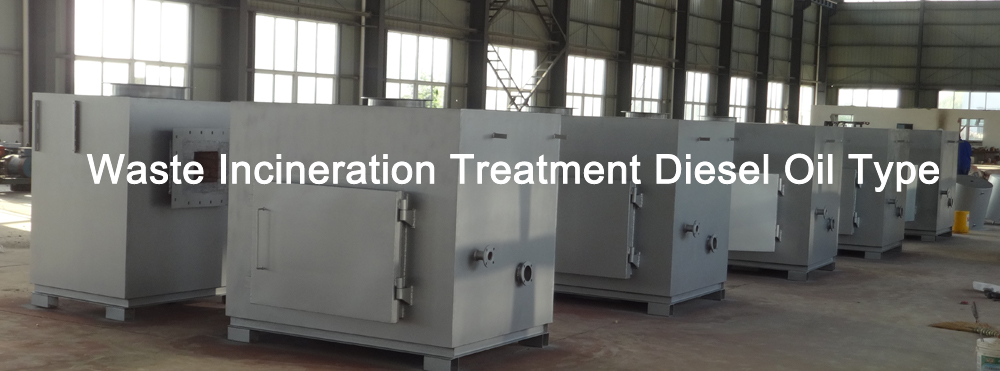Incineration is a waste treatment process that involves the combustion of organic substances contained in waste materials. This process turns waste into ash, flue gas, and heat. The incineration process also converts waste into energy, which can be used to power homes and businesses, providing a valuable alternative source of energy.
An inside look at how incinerators turn trash into energy reveals a complex and efficient process that harnesses the potential energy contained in waste materials. The first step in the incineration process is to sort and separate the waste to remove any non-combustible materials such as glass, metal, and other inert substances. Once the waste has been sorted, it is then fed into the incinerator, where it is burned at extremely high temperatures.
The intense heat generated by the burning waste produces steam, which is used to drive a turbine that generates electricity. This electricity can then be used to power homes and businesses, providing a sustainable and renewable source of energy. In addition to generating electricity, the heat produced by the incineration process can also be used for heating purposes, further maximizing the energy potential of the waste materials.
One of the key benefits of incineration is its ability to reduce the volume of waste. By burning waste at high temperatures, incinerators can significantly reduce the amount of solid waste that ends up in landfills. This not only helps to conserve valuable landfill space but also minimizes the environmental impact of waste disposal.
Additionally, incineration can be a more environmentally friendly alternative to traditional waste disposal methods. When waste is incinerated, harmful substances such as methane, a potent greenhouse gas, and leachate, which can contaminate groundwater, are not produced. This can help to reduce the negative impact of waste disposal on the environment.
It’s important to note that the incineration process is not without its challenges and critics. Some environmentalists and communities have expressed concerns about air pollution and the release of potentially harmful toxins from incinerators. However, modern incinerators are equipped with advanced pollution control technologies, such as scrubbers and filters, which minimize emissions and ensure compliance with strict environmental regulations.
Overall, the incineration process offers a promising solution for turning trash into energy. By harnessing the energy potential of waste materials, incinerators can provide a valuable source of renewable energy while minimizing the environmental impact of waste disposal. As technology continues to advance, incineration may play an increasingly important role in sustainable waste management and energy production.



